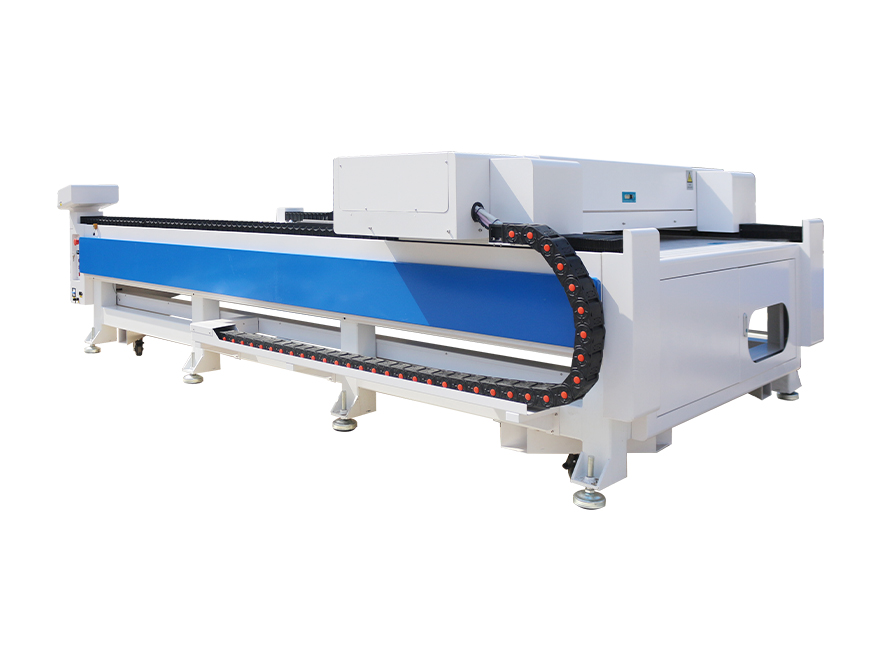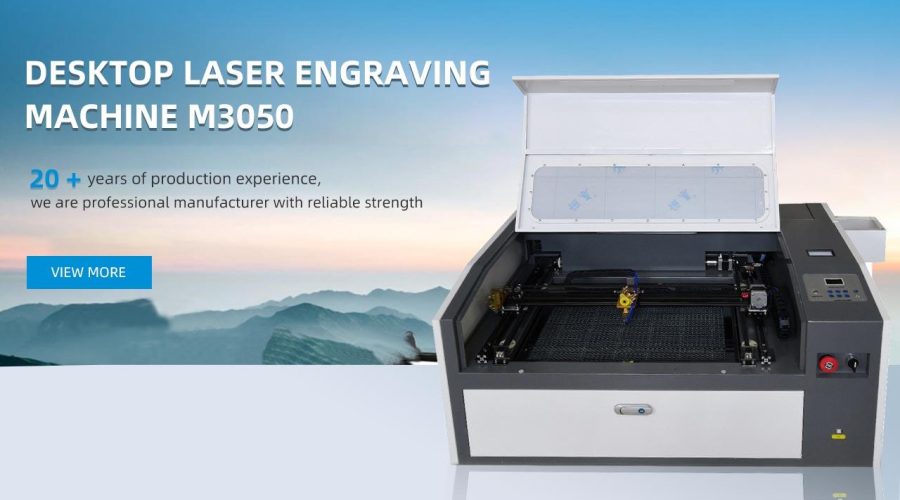Can CO2 Laser Cut Cardboard Revolutionize Packaging and Design Industries?
Introduction
Advancements in laser technology have revolutionized various industries by providing precise and efficient cutting techniques. Among these advancements, the use of CO2 lasers to cut cardboard has the potential to revolutionize the packaging and design industries. By harnessing the power of laser technology, cardboard cutting can now be achieved with unparalleled accuracy, speed, and versatility.
Advantages of CO2 Laser Cutting
CO2 laser cutting offers numerous advantages over traditional cutting methods:
Precision:
CO2 lasers offer precise cutting capabilities due to their ability to focus light beams with extreme accuracy. This precision allows designers and manufacturers to create intricate and complex cardboard designs that were previously difficult to achieve.
Speed:
CO2 lasers can cut cardboard at incredibly high speeds, resulting in increased productivity and reduced production time. The efficiency of CO2 laser cutting can significantly accelerate the packaging and design processes, leading to cost savings for businesses.
Flexibility:
CO2 lasers can cut cardboard in various shapes and sizes, providing designers with unparalleled freedom. The versatility of CO2 laser cutting enables the creation of customized packaging solutions, tailored to specific products or branding requirements.
Clean Cuts:
CO2 laser cutting produces clean and precise edges, eliminating the need for additional finishing processes. The absence of physical contact between the laser and the cardboard minimizes the risk of damage, resulting in high-quality cuts every time.
Reduced Waste:
CO2 laser cutting minimizes material waste by optimizing the placement of designs and patterns on cardboard sheets. This efficiency leads to a more sustainable approach to packaging and design, reducing costs associated with wasted materials.
Applications in the Packaging Industry
The packaging industry plays a crucial role in product protection, transportation, and branding. CO2 laser cutting offers several applications within this industry:
Customized Packaging:
CO2 lasers enable the creation of intricate and personalized packaging designs. Brands can utilize laser cutting to enhance their packaging aesthetics, incorporate logo designs, or add unique patterns, ultimately creating a distinctive and memorable customer experience.
Functional Design:
CO2 laser cutting can be used to create various packaging features, such as perforated tear strips, foldable designs, or precise compartments. These functional design elements enhance the usability and convenience of the packaging, making it more efficient for both consumers and retailers.
Prototype Development:
CO2 laser cutting facilitates rapid prototyping, enabling designers to quickly iterate and test packaging concepts. This capability saves time and resources, ensuring that packaging solutions meet the desired specifications and requirements before the full production phase.
Impact on the Design Industry
The design industry thrives on innovation and creativity. CO2 laser cutting opens up new possibilities for designers:
Design Freedom:
CO2 laser cutting removes limitations imposed by traditional cutting methods. Designers can now experiment with intricate and complex shapes, resulting in unique and eye-catching designs that were previously difficult to achieve with conventional techniques.
Reduced Production Time:
The speed of CO2 laser cutting significantly reduces the time required to produce intricate designs. This allows designers to take on more projects and deliver products to the market more quickly, enhancing their productivity and competitiveness.
Efficiency in Material Usage:
CO2 laser cutting optimizes material usage by minimizing waste and maximizing the usage of each cardboard sheet. Designers can create multiple designs on a single sheet, reducing costs and environmental impact without compromising design integrity.
Personalization and Customization:
CO2 laser cutting enables designers to cater to individual preferences and requirements by creating customized designs. Whether it’s laser-cut initials, intricate patterns, or personalized messages, the ability to tailor designs to specific needs enhances the overall product experience.
FAQs
Q1: How does CO2 laser cutting work?
CO2 laser cutting utilizes a carbon dioxide-based laser source to emit a high-powered light beam. This beam is focused onto the surface of the cardboard, gradually cutting through the material with precision. The laser’s heat vaporizes the cardboard, creating a clean and precise cut.
Q2: Is CO2 laser cutting safe for cardboard materials?
Yes, CO2 laser cutting is safe for cardboard materials. The process does not require physical contact, minimizing the risk of damage. However, appropriate safety measures, such as proper ventilation and protective eyewear, should be followed when operating CO2 laser cutting systems.
Q3: What types of cardboard can be cut using CO2 lasers?
CO2 lasers can cut various types of cardboard, including corrugated cardboard, chipboard, and cardboard composite materials. Different thicknesses and densities of cardboard can also be accommodated, providing flexibility for diverse packaging and design requirements.
Q4: Can CO2 laser cutting be used for large-scale production?
Yes, CO2 laser cutting can be used for large-scale production. Depending on the specific laser cutting equipment, it is possible to achieve high-speed and efficient processing of large quantities of cardboard, meeting the demands of the packaging and design industries.
Q5: Are there any limitations to CO2 laser cutting with cardboard?
While CO2 laser cutting offers significant advantages, there are a few limitations to consider. For instance, extremely thick or dense cardboard may require multiple passes to achieve a clean cut. Additionally, the initial investment in CO2 laser cutting equipment may be costly for some businesses.
Conclusion
CO2 laser cutting has the potential to revolutionize the packaging and design industries by offering precise, speedy, and versatile cutting techniques. With its ability to create intricate designs, optimize material usage, and enhance customization, CO2 laser cutting opens up new possibilities for both packaging and design innovations. As laser technology continues to evolve, the opportunities for leveraging CO2 lasers in these industries are expected to expand, leading to further advancements and growth.





